1. Reciprocating cutting:
The reciprocating cutting method creates a reciprocating parallel cutting tool path and maintains continuous movement during the step movement. Without lifting the tool, the material can be removed to the maximum. It is the most economical and labor-saving cutting movement. This kind of cutting method coexists down milling and counter-attack. If the wall cleaning of the operation is enabled, it will affect the direction of the tool path of the wall cleaning to keep the wall cleaning simple down milling or up-cut milling.
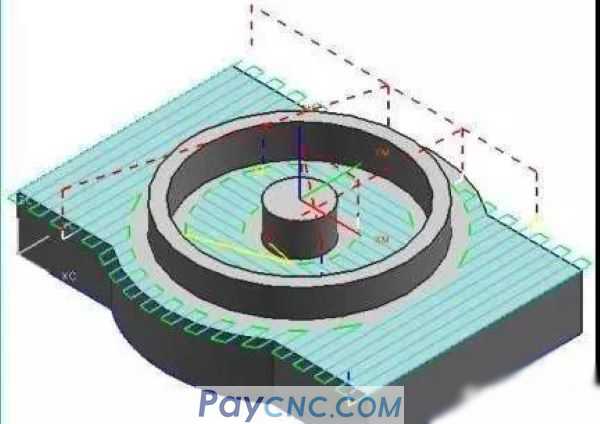
2. One-way cutting:
The one-way cutting method produces parallel and one-way cutting tool paths. The return stroke is a rapid traverse movement. Since no cutting occurs during the return stroke, the processing power will be affected. One-way cutting can always be consistent down milling or up-cut milling. It is generally used for surface processing of islands and occasions where reciprocating cutting methods are not suitable. For example, some steep-walled ribs are generally used for surface finishing.
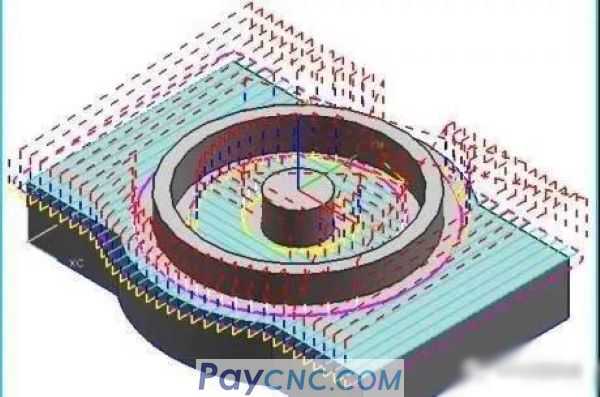
3. One-way cutting along the generalization: The one-way cutting along the generalization is used to create parallel, one-way, along the general tool path, and always maintain down milling or up-cut milling. The quality of the processed wall surface is better than that of reciprocating cutting and one-way cutting, and the cutting is relatively stable, and there is no impact on the tool, so it is generally used for processing parts with high sidewall requirements or thin-walled parts.
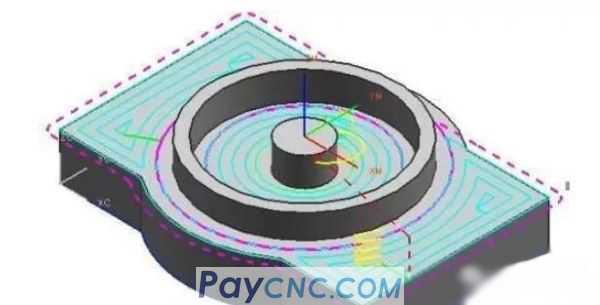
4. Peripheral cutting: The method of following peripheral cutting is mainly used to create a concentric tool path along the general sequence. It is obtained by offsetting the outer periphery. All trajectories are presented in closed form in the processing area. The tool path that follows the peripheral cutting is a continuous cutting tool path. There is no idle cutting. It can basically maintain simple down milling or up milling. Therefore, it has high cutting power and can maintain cutting stability and ensure processing quality. It is generally used for belts. Rough machining of island and cavity parts.

5. Follow the workpiece cutting: follow the workpiece cutting method to generate a series of tool paths that profile all the specified and summarized parts to be processed,
Both the outer peripheral wall surface of the cutting area and the islands in the cutting area are profiled. The shape of these tool paths is obtained by the outer generalization and island generalization of the offset cutting area. The tool path that follows the workpiece cutting is the tool path that cuts successively. Without air cutting, it can maintain simple down milling or up-cut milling, so it has higher cutting power and can maintain cutting stability and ensure processing quality. It is generally used in the cavity processing area with islands.
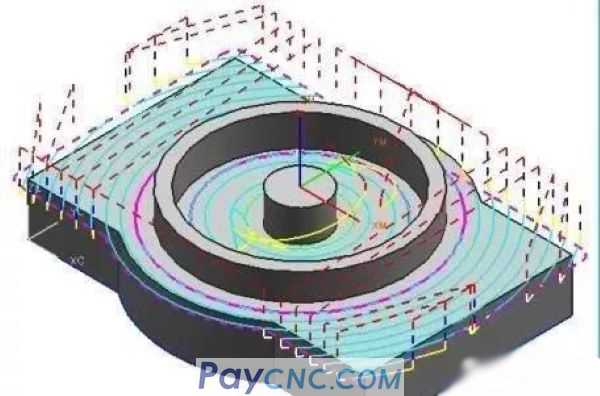
6. Cycloidal cutting: The cycloidal cutting method is used to generate small circles around the generalization, so as to avoid the occurrence of full-cut cutting during cutting and the amount of material to be cut is too large. Cycloid cutting is suitable for high-speed machining and is processed with a relatively uniform cutting load.
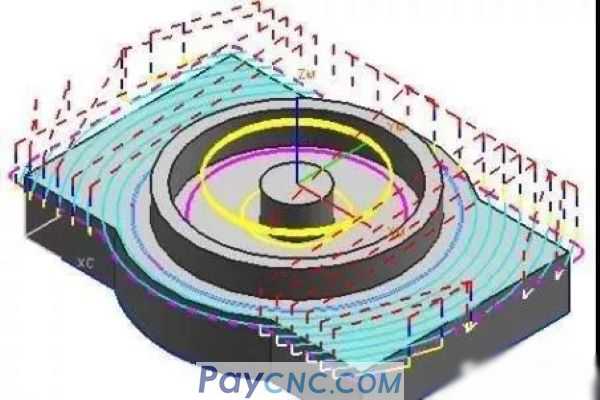 |
 |
| Products Catalogue | Home | About Us | Retrofit | Download | News | Tech Support | Contact Us | |
|
|
|
